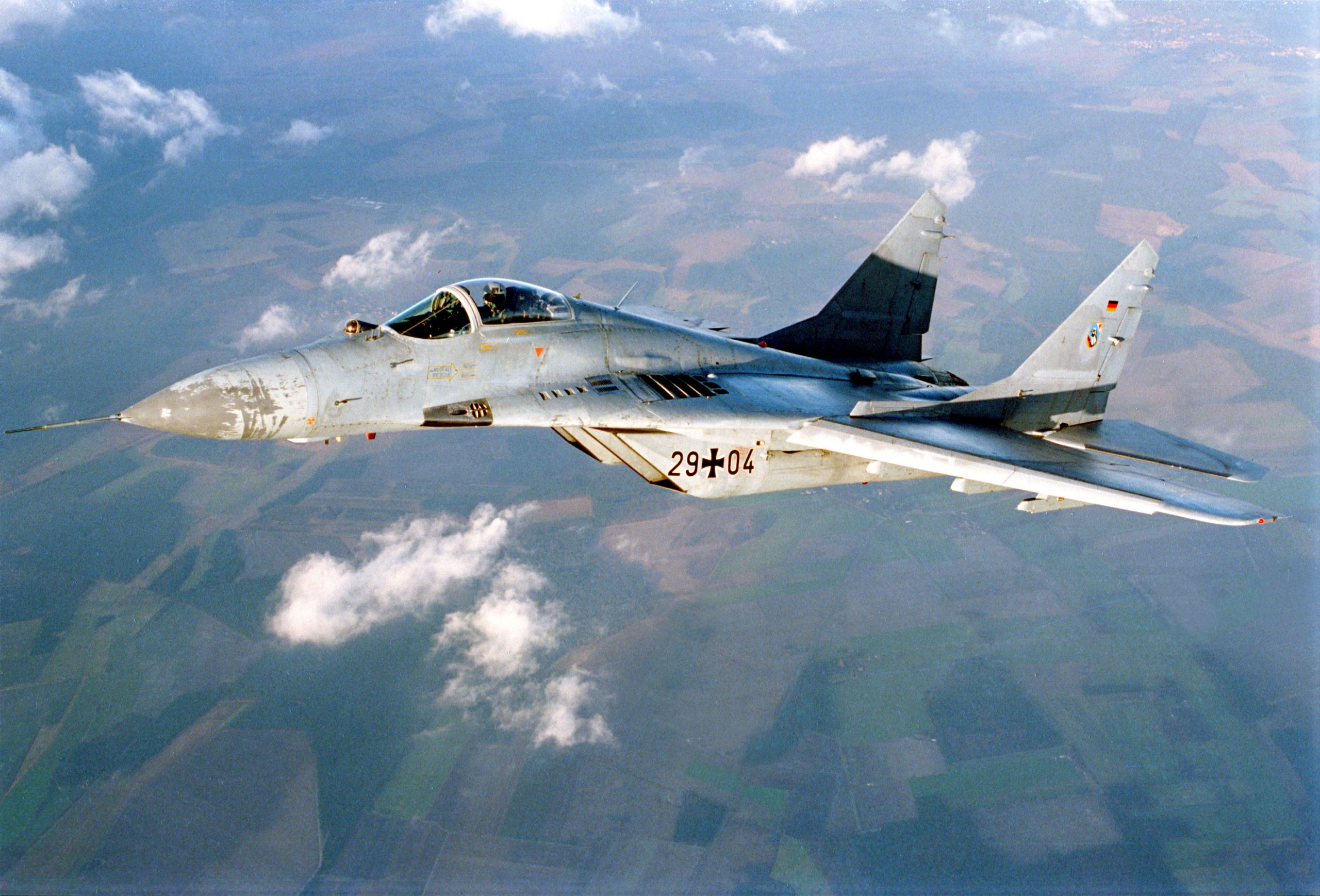
Russian combat aviation has recently taken delivery of a new shipment of Su-35S fighters, which belong to the 4++ generation. The transfer of these aircraft from the United Aircraft Corporation (UAC) to the Russian Aerospace Forces (VKS) occurred on July 13. It is worth noting that this is the second batch of Su-35S fighters delivered within a span of only 20 days, following the initial delivery at the end of June, earlier this year.
The specific number of aircraft received in the second batch has not been disclosed by the UAC at this time. The handover ceremony once again took place at the testing grounds of the Komsomolsk-on-Amur Aviation Plant. This rapid delivery of the second batch holds significant importance, as it reinforces the statements made by UAC’s General Director, Yuriy Slyusar, regarding the plant’s expansion of production and enhancement of its overall capacity through previous state investments.
During the handover of the first batch of Su-35S fighters, Mr. Slyusar emphasized to journalists that the plant had already commenced work on the production of the second batch. Although the precise number of fighters in the second batch remains undisclosed, it is evident that the plant has made substantial improvements in its production capabilities, allowing for the prompt delivery of a greater number of newly manufactured Su-35S fighters within a short timeframe of 20 days.
The Su-35S aircraft are currently deployed extensively by the Russian Federation’s Armed Forces in the Special Operations Zone, a term coined by the Russian government for the ongoing conflict in Ukraine. On June 2, the Russian Ministry of Defense released a captivating video showcasing the strategic agility and precision of these impressive Russian military fighter jets. The primary role of the Su-35S is to provide protection for Russian Air Force bombers, strike aircraft, and army aviation helicopters when engaging with machinery and equipment operated by the Ukrainian Armed Forces.
In addition to their deployment in Ukraine, the Su-35S aircraft are also utilized by Moscow in Syria. Notably, there have been two instances in the past month where Washington expressed concerns over the “dangerous maneuvers” executed by Russian Su-35 pilots against US Air Force drones.
Introducing the Su-35S, also known as the Flanker M, a cutting-edge air superiority fighter utilized by the Russian Aerospace Forces. The T-10BM’s production designation, Su-35S, uses “S” to represent its combatant capabilities. This advanced aircraft, derived from the Su-27, is referred to as the Su-35BM internally, indicating a significant modernization compared to its predecessor. With its high maneuverability of up to 9g and a remarkable angle of attack, the Su-35S boasts superior dogfighting capabilities. It is equipped with state-of-the-art weapon systems that enhance its combat effectiveness.
In August 2009, the Russian Air Force placed a substantial order for 48 Su-35S jets, which were delivered until 2015. Sukhoi initiated production by manufacturing the necessary components in November 2009. The aircraft underwent upgrades, including an integrated information management system and an advanced phased array radar, significantly improving its aerial target detection range.
The first Su-35S was delivered to the 929th State Flight Test Center (GLITS) for flight tests in August 2011. By December 2012, the Russian Ministry of Defense had received six production Su-35S aircraft. China’s People’s Liberation Army Air Force also procured 24 Su-35S aircraft in 2015, and the Indonesian Air Force followed suit with an order for 11 Su-35S fighter jets in February 2018.
In the ongoing conflict, the Su-35S plays a dominant role in the sky. Ukraine’s aging Su-25 aircraft from the 1980s are ill-equipped to match the advanced capabilities of Russia’s Su-35s. Armed with sophisticated radars and missiles, the Su-35s pose a significant threat to the Ukrainian fleet.
Ukrainian pilot “Pumba” (Oleksyi) frequently encounters Russia’s formidable Su-35 fighters. In an interview, he described the unsettling reality of Ukrainian aircraft succumbing to these powerful interceptors. Losses have been significant, with squadron leaders and wingmen falling in battle. These fallen comrades are remembered as true Ukrainian heroes.
Presently, the Russian Air Force undeniably dominates the airspace over the battlefield. Ukrainian officials express concern over the formidable Su-35s, recognizing them as a tool that allows Russia to gradually assert control over disputed airspace in eastern Ukraine. The obsolete Soviet-era aircraft in Ukraine’s arsenal are inadequate for effectively countering this formidable aerial force. Deputy battalion commander “Spas” from the 128 Separate Territorial Defense Brigade likens the continuous aerial attacks by Russian aviation to the relentless conflicts witnessed in historical war zones such as Vietnam and Afghanistan.
The bustling activity of helicopters and aircraft crisscrossing the sky serves as a constant reminder of the critical requirement for robust aviation support. Recent developments indicate that Ukraine’s air fleet has received reinforcements from NATO and European allies, who have contributed a combined total of 45 Su-25s and MiG-29s, as reported by CNN. However, the challenges faced by the Ukrainian Air Force go beyond mere numerical considerations.
During an open and candid discussion with a US-based media outlet, a MiG-29 pilot known as “Juice” emphasized the potential significant advantage that Western nations could provide to Ukraine through the provision of highly sought-after F-16s. He underscored the pivotal role that advanced fighter aircraft play in enhancing Ukraine’s aerial capabilities, acknowledging the importance of bolstering their aerial power.





